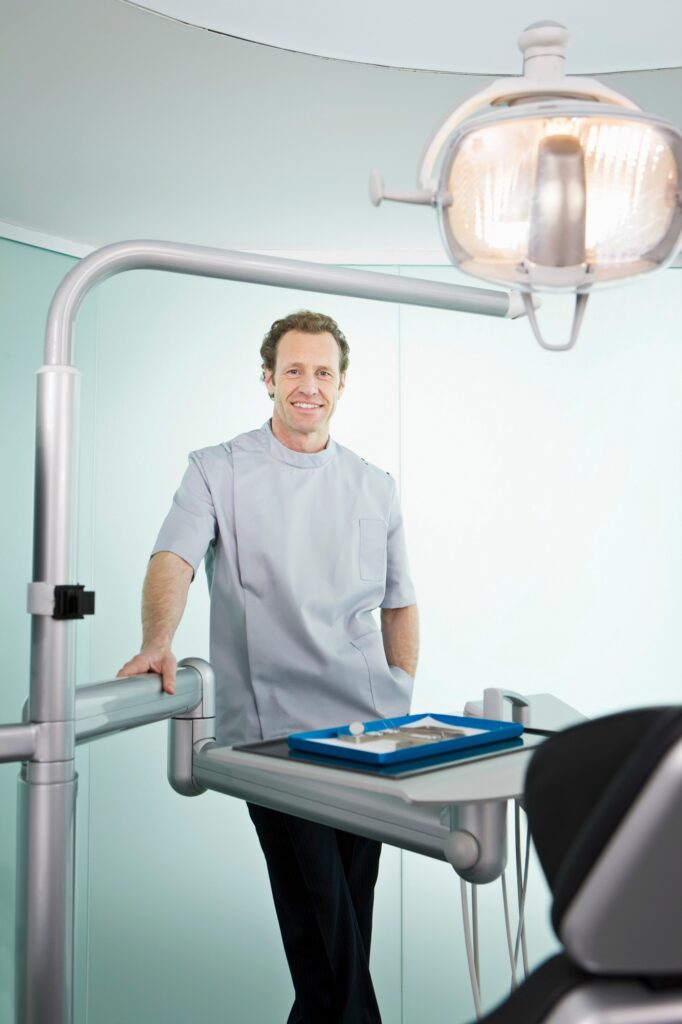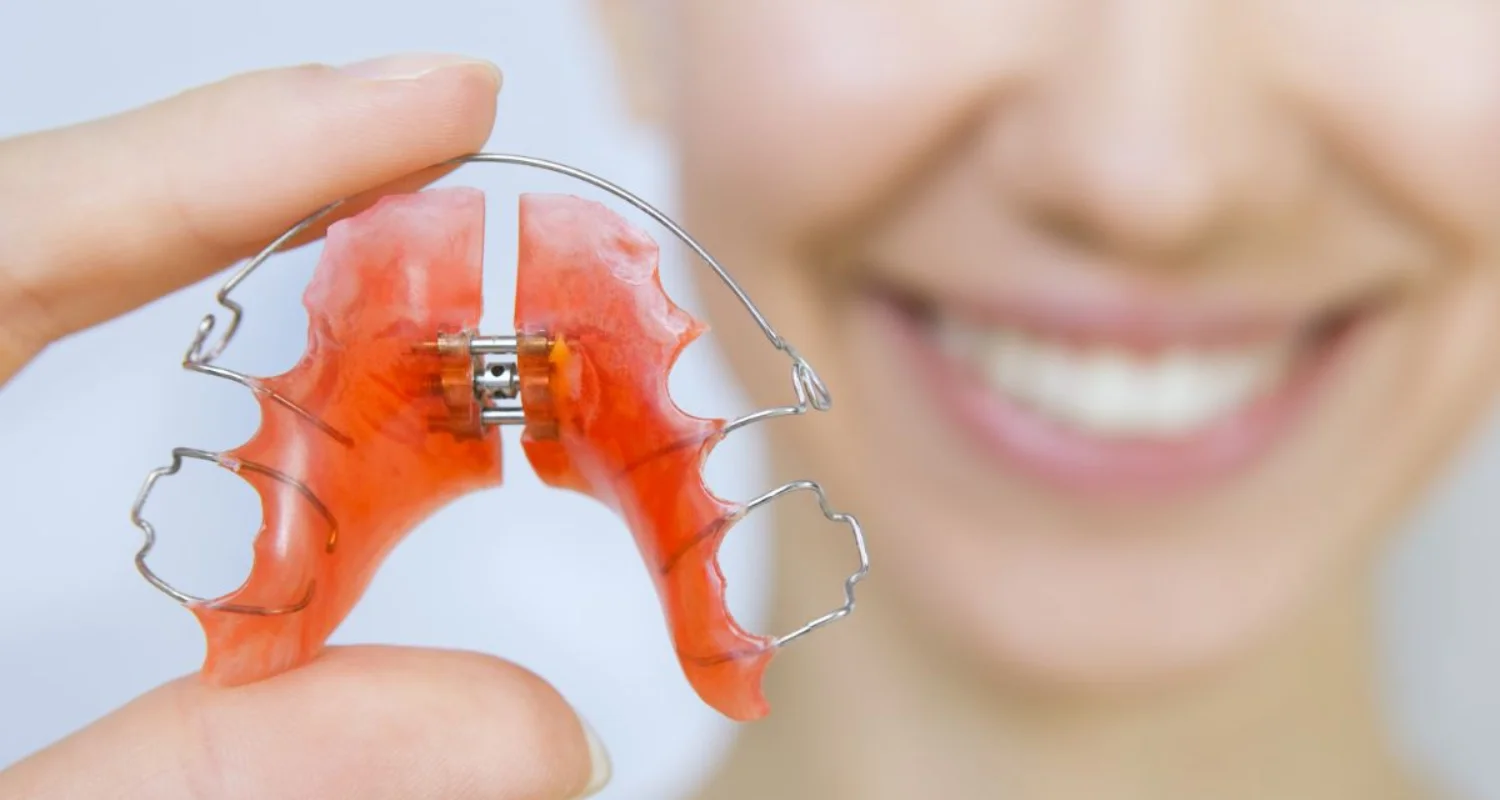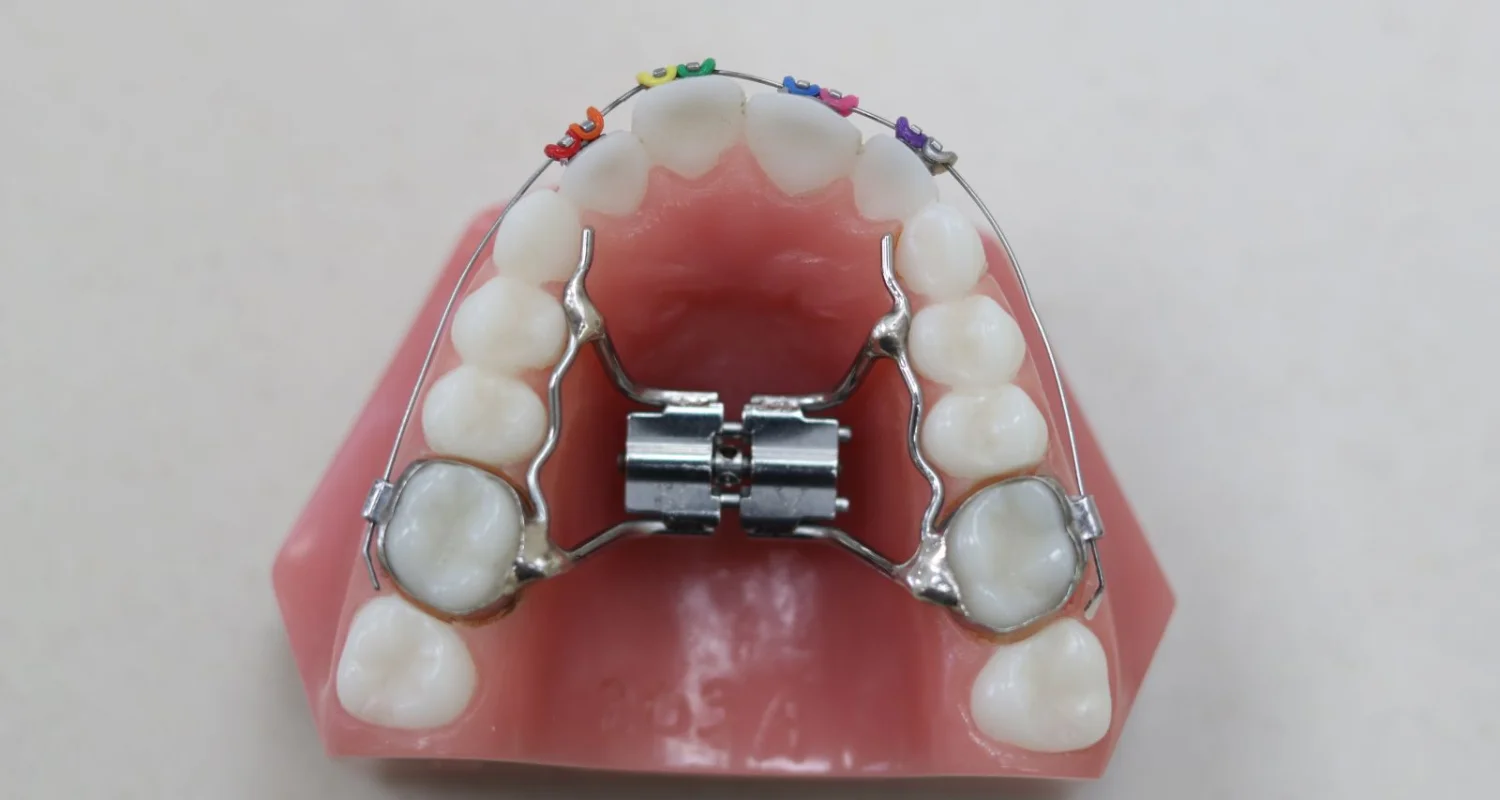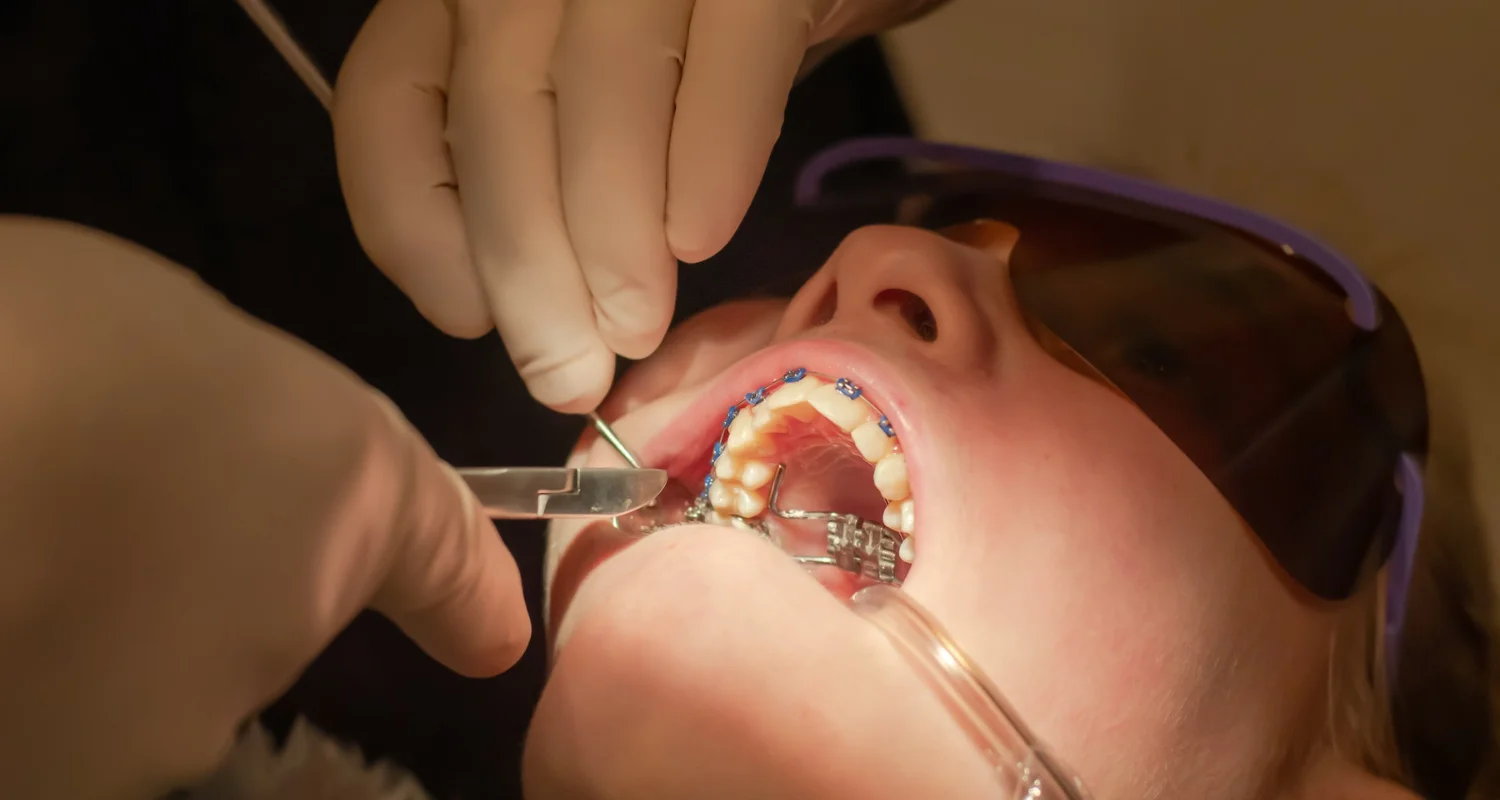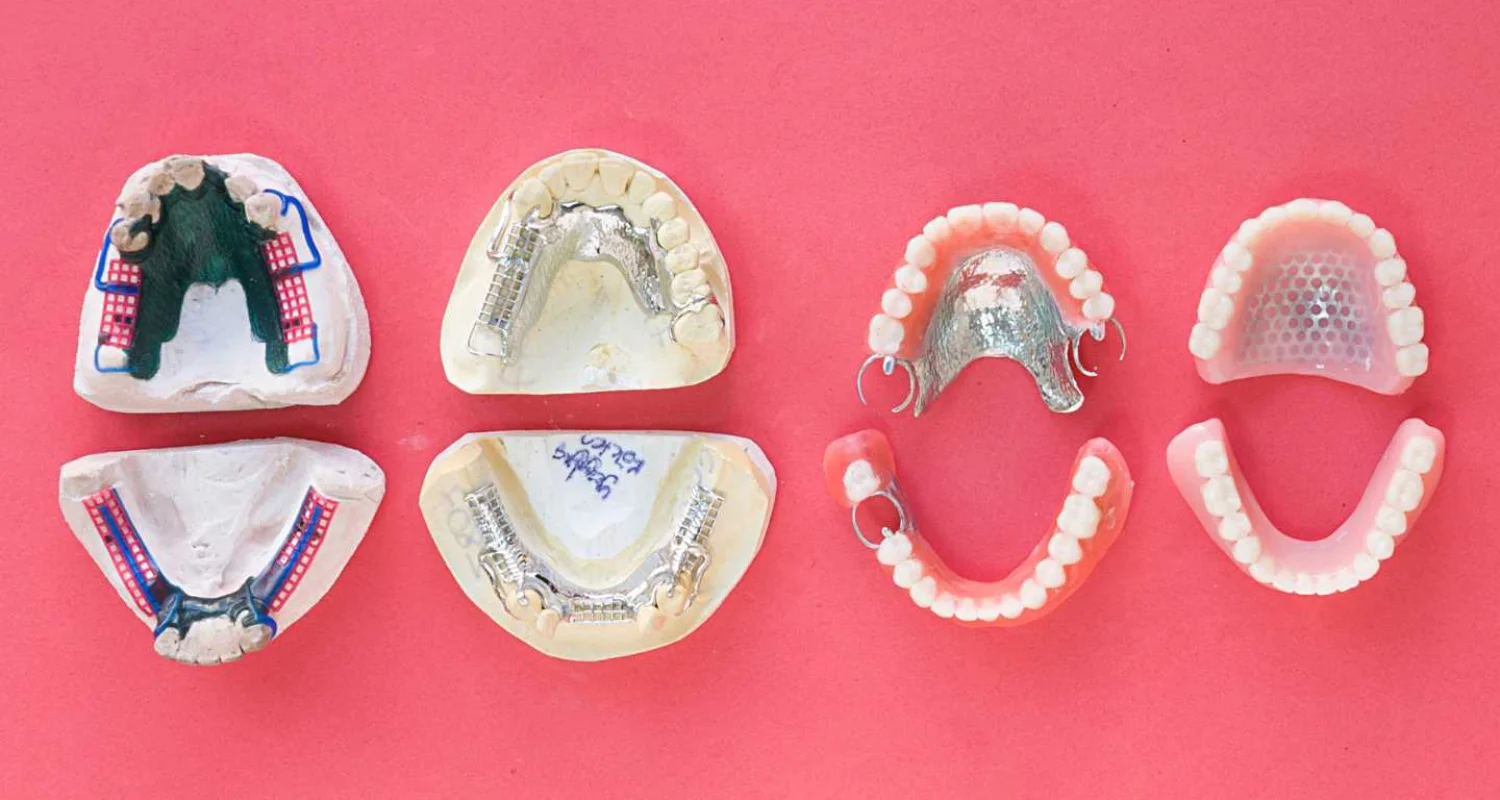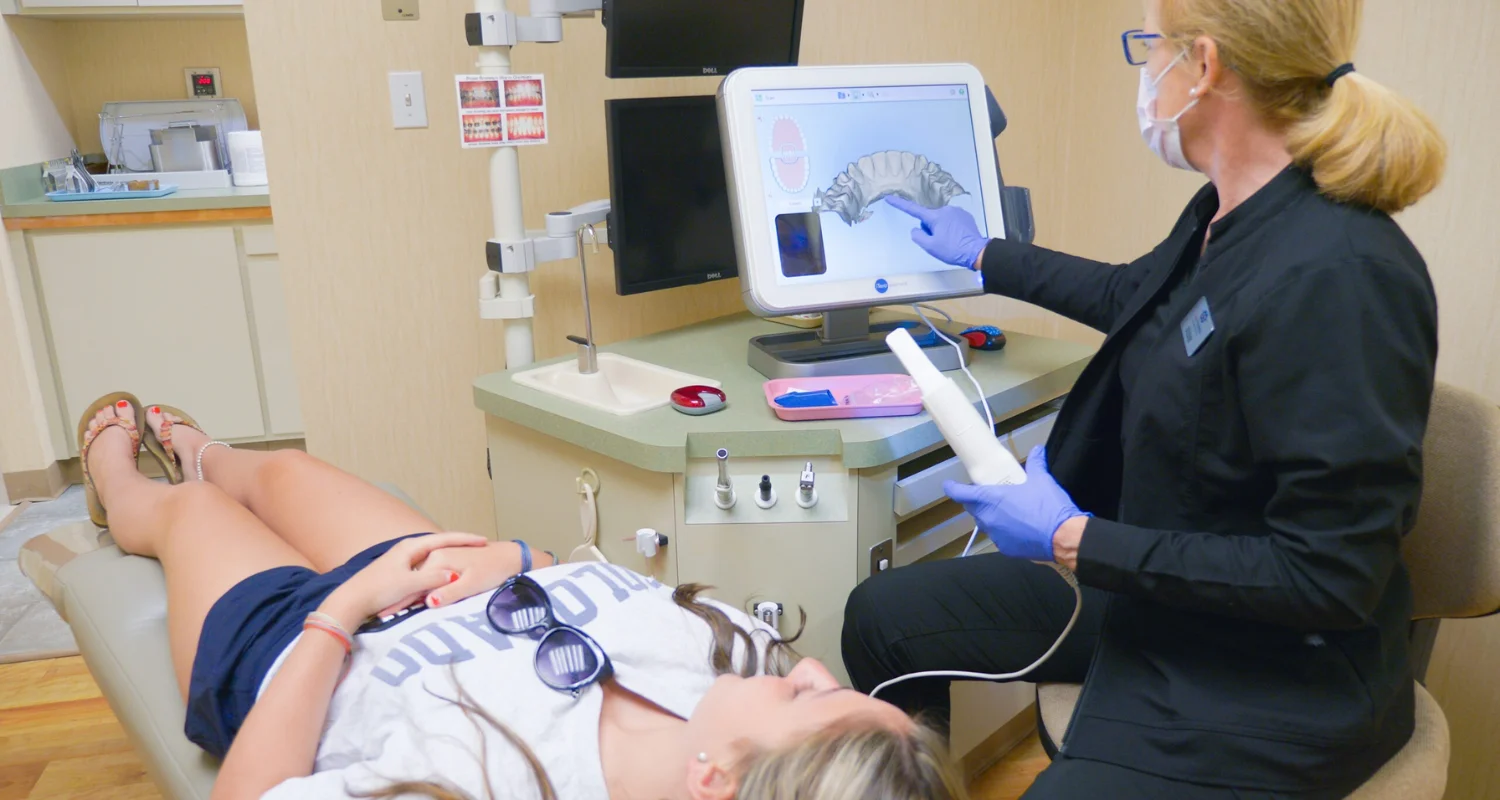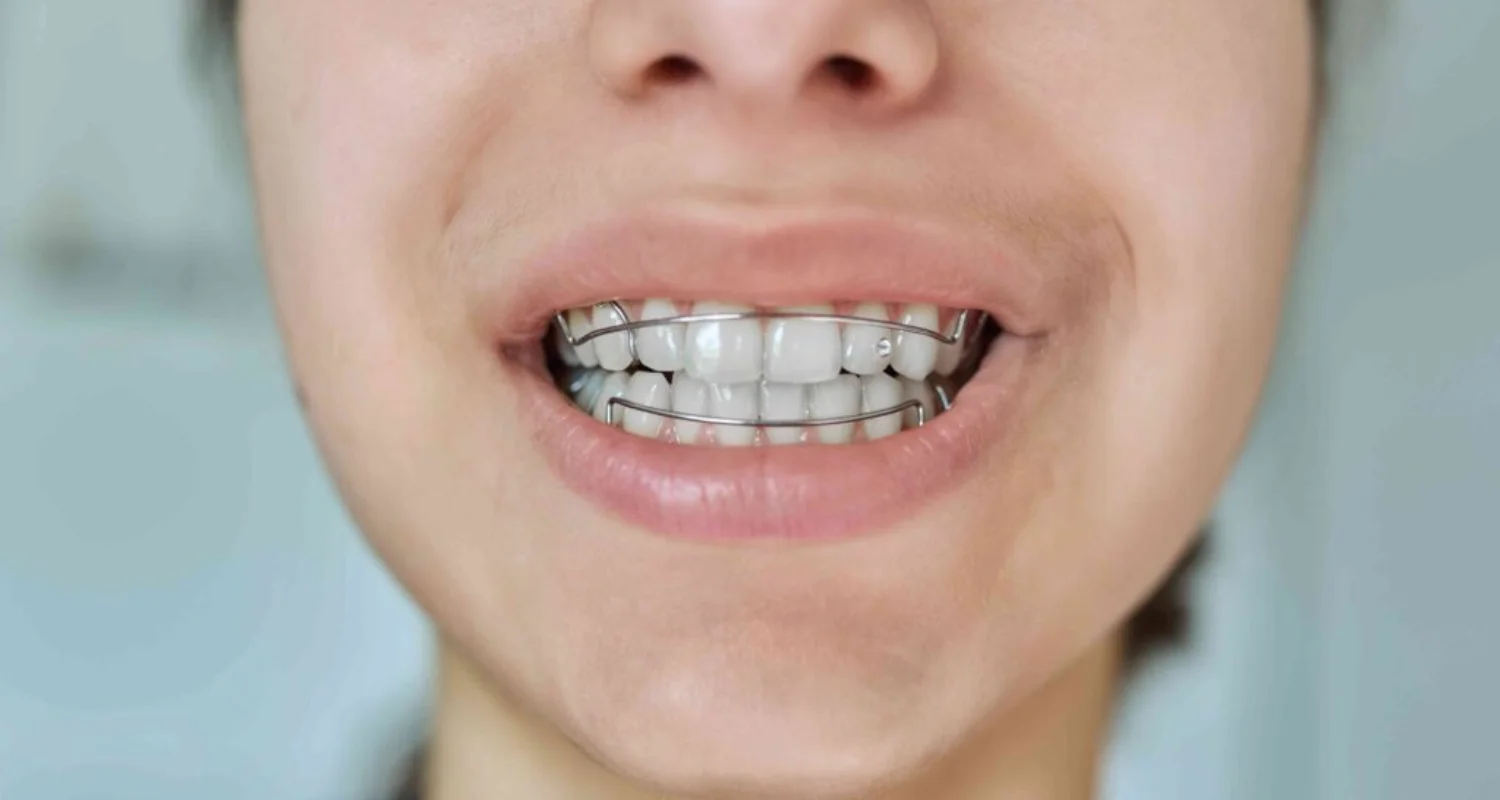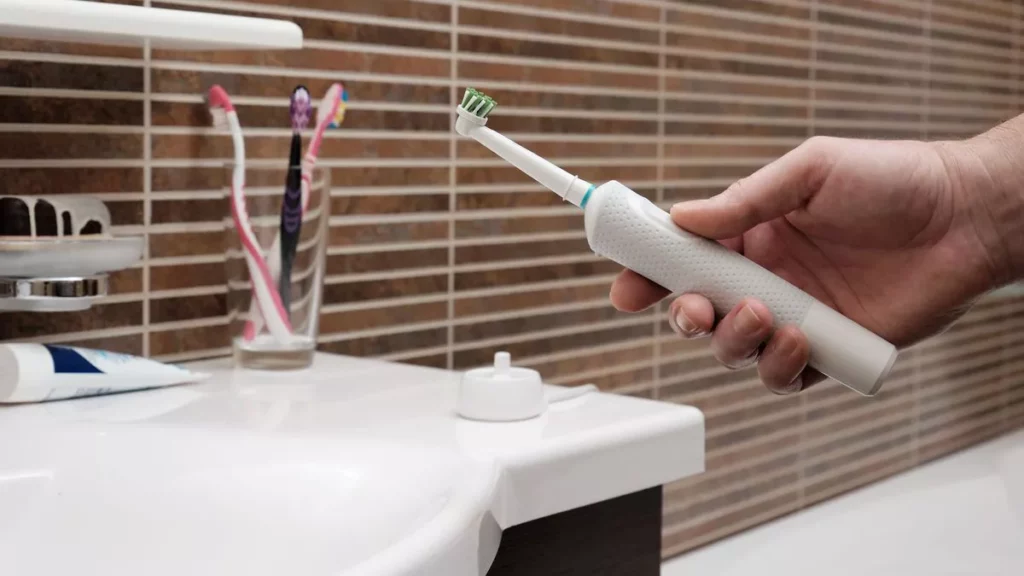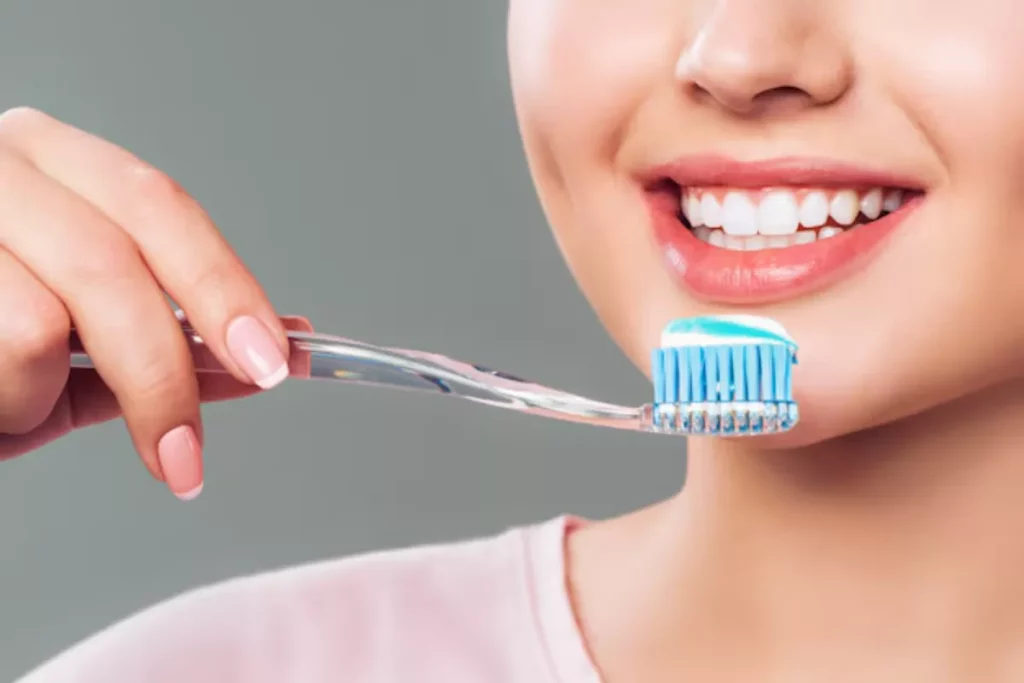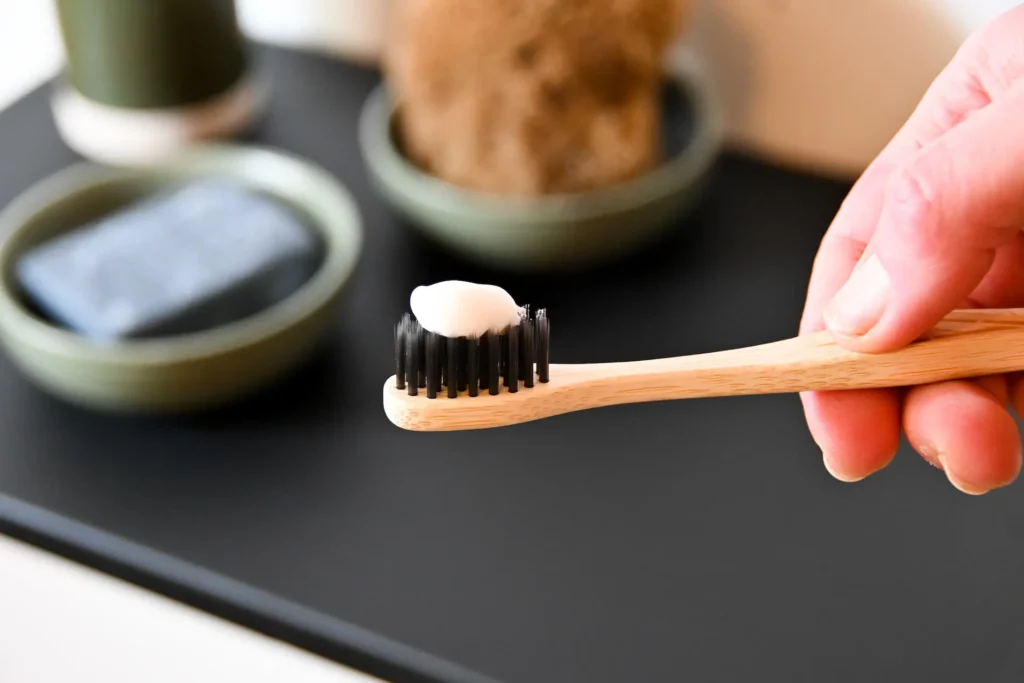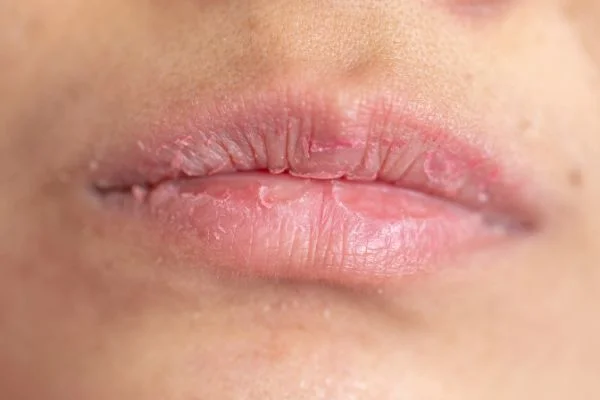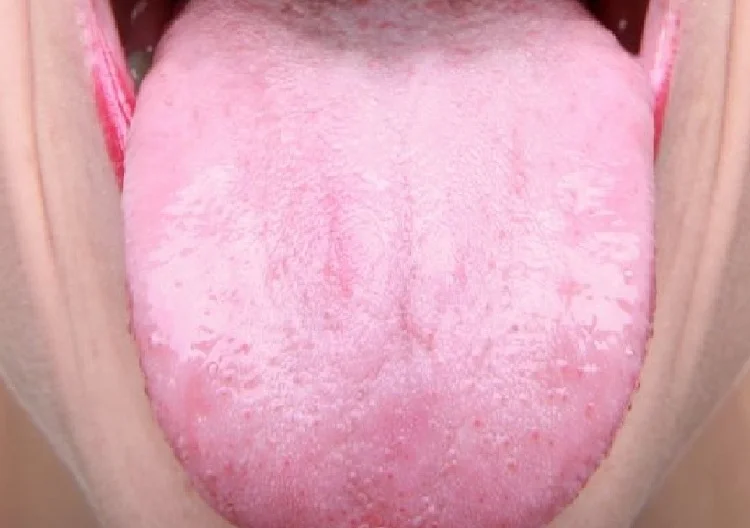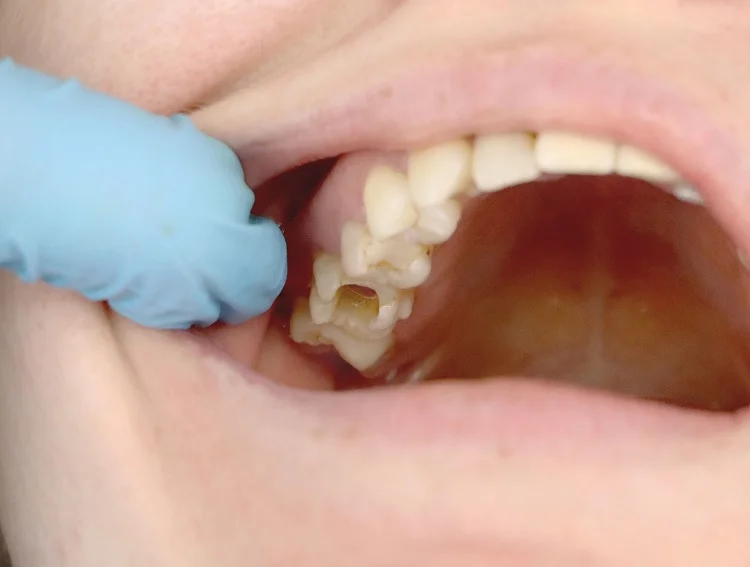Last Updated on: 19th September 2025, 12:32 pm
A palatal expander for adults is not very common as compared to expanders used for correcting malocclusion in children. This is because normal palatal growth is almost complete by age six, and as the sutures fuse further with age, expansion becomes more challenging. However, advances in orthodontic technology now make successful palatal expansion possible, even after jaw development is complete.
Maxillary bone contraction, influenced by genetic or environmental factors, is often linked to dental crowding, impacted canines, crossbite, temporomandibular joint disorders, and obstructive sleep apnea. A transverse maxillary deficiency, in which the upper jaw does not develop adequately, frequently calls for expansion to address these concerns.
In this article, we will explore the role of a palatal expander in adults, including different available types, benefits, challenges, and important considerations for those considering treatment.
What is a palatal expander for adults?
A palatal expander is an orthodontic device designed to gradually widen the upper jaw (maxilla). Studies indicate that between 8% and 22% of orthodontic patients present with a transverse maxillary deficiency. In children, the maxilla consists of two separate bones that can be expanded before they fully fuse during puberty.
However, in adults, the maxillary bones have already fused, making the expansion process challenging.
Before understanding how a palatal expander works, it is important to know why it is used. The primary goals of a palatal expander for adults include:
● Creating additional space for crowded teeth.
● Achieving proper alignment between the upper and lower jaws.
● Enhancing breathing and reducing symptoms of obstructive sleep apnea.
● Providing a stable foundation for future orthodontic treatments.
How does a palatal expander work?
Palatal expanders function by applying consistent, controlled pressure to the upper jaw (maxilla), encouraging gradual bone widening. In children, where the maxillary suture remains flexible, this process occurs relatively quickly. However, in adults, the bones have fully fused, making natural expansion more difficult.
As a result, expansion in adults tends to be slower and, in many cases, requires surgical assistance to facilitate bone separation and adaptation. The goal of this process is to create more space within the upper dental arch, allowing for improved alignment, bite function, and even enhanced airway space.
The expansion process consists of several key phases, including activation, bone response, tissue adaptation, and retention, which are described as follows:
1. Activation
The expander is periodically adjusted using a specialized key that turns a small screw mechanism. This adjustment applies controlled pressure on the mid-palatal suture, encouraging gradual expansion. Patients or their caregivers follow a prescribed schedule to activate the expander, typically once or twice per day, depending on the treatment plan.
2. Bone response
In children, the palatal suture naturally separates in response to expansion forces, allowing the two halves of the maxilla to shift apart easily. However, in adults, because the sutures are fully fused, the expansion process is much slower and may require Surgically Assisted Rapid Palatal Expansion (SARPE).
3. Tissue adaptation
Over time, the body responds to the expansion process by generating new bone growth in the expanded area, stabilizing the widened structure. The soft tissues, including the gums and the palatal mucosa, also stretch and adapt to the new dimensions of the maxilla.
Patients may experience mild discomfort, pressure, or a tingling sensation in the roof of the mouth and nasal area during this phase, while the jaw tissues adjust to the expansion.
4. Retention
Once the desired expansion is achieved, the expander remains in place for the retention phase, allowing time for the newly-formed bone to harden and stabilize. Retention is crucial because removing the expander too soon can result in regression, where the maxilla reverts to its original position.
Depending on the case, the orthodontist may transition the patient to a fixed or removable retention appliance to maintain the expansion results before proceeding with further orthodontic treatment, such as braces or aligners.
These days, palatal expanders can be used for teenagers and young adults, up to the age of 25. However, after this age, it becomes less likely that the upper jaw will expand without surgical help. That doesn’t mean the treatment isn’t an option—it just might take longer or involve extra procedures.
Palatal expander for adults: types
Traditional palatal expanders
Traditional expanders are primarily used in children but can sometimes be adapted for adults when only minimal expansion is needed. However, their effectiveness in adults is limited due to the rigidity of the bone. Common fixed expanders include:
● Hyrax rapid palatal expander: A fixed expander with bands attached to the back molars and an adjustable screw under the palate.
● Quad helix appliance: A fixed, self-activating expander that gently widens the jaw without requiring manual adjustments.
● Haas expander: A fixed expander featuring an acrylic plate and an adjustable screw to exert gradual pressure.
Surgically assisted rapid palatal expander (SARPE)
This is the most effective technique for rapid and effective palatal expansion in adults. The method combines an expander with surgical intervention, where an oral surgeon makes incisions in the maxillary bone to facilitate controlled expansion. This further enables the expander to function effectively, achieving results that would otherwise be impossible with traditional expanders alone.
Removable palatal expanders
Removable expanders are utilised in cases requiring minor expansion. They provide a non-invasive alternative but are less effective than fixed expanders, especially for patients needing substantial jaw widening.
Implant-supported expanders
Implant-supported expanders rely on mini-implants for secure anchorage, allowing greater skeletal expansion without unwanted tooth movement. These expanders are ideal for adults with rigid bone structures and minimise complications associated with traditional expanders.
Who might need a palatal expander for adults?
Common dental and orthodontic issues
Palatal expansion can address several dental and skeletal concerns, including:
● Narrow palate: A constricted upper jaw can lead to bite misalignment, aesthetic concerns, and breathing issues.
● Crowded teeth: Insufficient space in the dental arch can cause overlapping of teeth, often necessitating expansion.
● Crossbite: When the upper and lower teeth do not align correctly, palatal expansion helps correct the discrepancy.
● Sleep apnea and breathing problems: A narrow palate can restrict airflow, contributing to obstructive sleep apnea and breathing difficulties.
Palatal expander for adults: who is a good candidate?
Adults who may benefit from palatal expansion include:
● Individuals with moderate to severe jaw misalignment.
● Those experiencing breathing difficulties due to a narrow palate.
● Patients preparing for orthodontic or surgical treatments.
● Those seeking to improve their bite and overall dental health.
Pros and cons of a palatal expander for adults
Pros
● Corrects malocclusions and improves dental function.
● Reduces the need for tooth extractions by creating space for crowded teeth.
● Enhances nasal airflow and mitigates sleep apnoea symptoms.
● Corrects skeletal imbalances, improving facial symmetry and aesthetics.
Cons
● More challenging due to bone fusion, making expansion slower.
● Often requires surgical intervention for significant results.
● Can cause temporary discomfort, soreness, and speech changes such as lisping.
● Treatment duration is typically longer than in children.
● May even cause a midline diastema or space between the front teeth, which may compromise one’s appearance.
● Possible complications include mid-palatal suture microtrauma, root resorption, tissue impingement, and temporomandibular joint strain.
Recommendations for adults with a palatal expander
● Adjusting to the device
-Expect initial discomfort as the jaw adapts to expansion.
-Speaking may feel awkward at first, but practising pronunciation can help.
● Oral hygiene tips
-Brush thoroughly around the expander to prevent plaque buildup.
-Use a water flosser to clean hard-to-reach areas.
For better oral hygiene, we can recommend you tw products:
Kit with toothbrush + water flosser.
Interdental Brushes to clean the palatal expander.
● Eating with a palatal expander
-Avoid sticky, hard, or chewy foods that may damage the device.
-Stick to soft foods like yoghurt, mashed potatoes, and soups during the initial phase.
● Regular orthodontic checkups
-Attend all scheduled appointments for adjustments and progress monitoring.
-Report any pain, looseness, or discomfort to your orthodontist immediately.
If you are looking for the right dentist for you, we can help you.
Recommendations for adults considering a palatal expander
Palatal expansion in adults is a complex orthodontic process due to fully developed jawbones. Understanding the procedure, its challenges, and alternatives is essential before proceeding with the treatment.
Here is what you can do if you are considering a palatal expander:
● Consult an orthodontist
A thorough evaluation by an experienced orthodontist is crucial to assess jaw structure and determine suitability. This may involve X-rays or CBCT scans. If significant expansion is needed, Surgically Assisted Rapid Palatal Expansion (SARPE) may be required, as non-surgical methods can lead to unwanted side effects like tooth tilting or gum recession.
● Understand the commitment
Palatal expansion takes several months to over a year and includes:
-Active expansion: regular adjustments widen the jaw.
-Stabilization: the expander remains in place to allow bone formation.
-Post-treatment: Braces or aligners may be needed for final alignment and finishing.
-Lifestyle adjustments include avoiding hard/sticky foods, maintaining rigorous oral hygiene, and adapting to temporary speech changes or discomfort.
● Explore alternatives
If expansion is unsuitable, alternatives include:
–Invisalign or braces for mild to moderate crowding.
-Orthognathic surgery for severe jaw misalignment.
Conclusion
Palatal expanders are an option for adults who suffer from jaw misalignment, dental crowding, crossbite, and/or breathing issues. While expansion in adults is more complicated than in children, the use of advanced techniques, such as SARPE and implant-supported expanders, has proven to be very effective.
Being aware of the process, benefits, and challenges associated with a palatal expander for adults allows individuals to make informed decisions regarding their orthodontic care. However, it is crucial to consult with an experienced orthodontist to determine the best approach for each case.
Frequently Asked Questions
Can adults use palatal expanders, or is it just for kids?
Yes, adults can use palatal expanders, but the process is different from children. Since adult bones are fully developed and less flexible, expansion might take longer and sometimes may require surgical assistance for effective results.
Will it be painful to use a palatal expander as an adult?
You may experience discomfort or pressure, especially after adjustments, but severe pain is uncommon. Over-the-counter pain relievers will help with any discomfort. If you feel sharp or intense pain, it’s best to consult your orthodontist.
Will I speak or eat differently with a palatal expander?
Yes, initially you might experience speech difficulties (like lisping) and difficulty chewing certain foods. Most people adjust within a few weeks. Eating softer foods during the first days helps with the transition.
How often do I need to adjust the palatal expander?
Typically, you’ll turn the key once or twice a day depending on your orthodontist’s instructions. The frequency of adjustments varies, depending on the severity of the issue and how your jaw responds.
What should I do if my palatal expander feels loose or breaks?
If your expander feels loose, stops fitting properly, or breaks, contact your orthodontist immediately. Don’t try to fix it yourself, as this could cause more damage.
Share
References
1. Agarwal, A., & Mathur, R. (2010). Maxillary Expansion. International journal of clinical pediatric dentistry, 3(3), 139–146. https://doi.org/10.5005/jp-journals-10005-1069
2. Bhakta, S., Vere, J., Calder, I., & Patel, R. (2011). Impressions in implant dentistry. BDJ, 211(8), 361–367. https://doi.org/10.1038/sj.bdj.2011.862
3. Clarius, A. (2024, 27 February). 4 Types of Palate Expanders (Uses, Side Effects & FAQs). NewMouth. https://www.newmouth.com/orthodontics/treatment/palate-expanders/
4. Cleveland clinic professionals. (2024, 11 October). Palate Expander. Cleveland Clinic. https://my.clevelandclinic.org/health/treatments/23502-palate-expander
5. Rasool, I., Merry, N., Mittal, S., Aggarwal, I., & Palkir, T. (2022). Slow expansion in orthodontics -A review article. International Dental Journal of Student Research, 10(3), 85–91. https://doi.org/10.18231/j.idjsr.2022.019
6. Whelan, C. (2020, 7 December). All about palate expanders. Healthline. https://www.healthline.com/health/palate-expander
-
Dr. Yeidy Carolina Mesa [Medical Reviewer]
DDS Yeidy Carolina Mesa Passionate Dentist | Advocate for Accessible Oral Health Education Graduating from Universidad CES in 2022, I am a dedicated general dentist with a lifelong passion for helping others and making a meaningful impact in the world. My journey into dentistry began at the age of 7, inspired by my own experience with braces and overcoming a fear of the dentist. This personal journey shaped my mission to help patients conquer their own dental anxieties and embrace a healthier,...
View all postsRecent Posts

